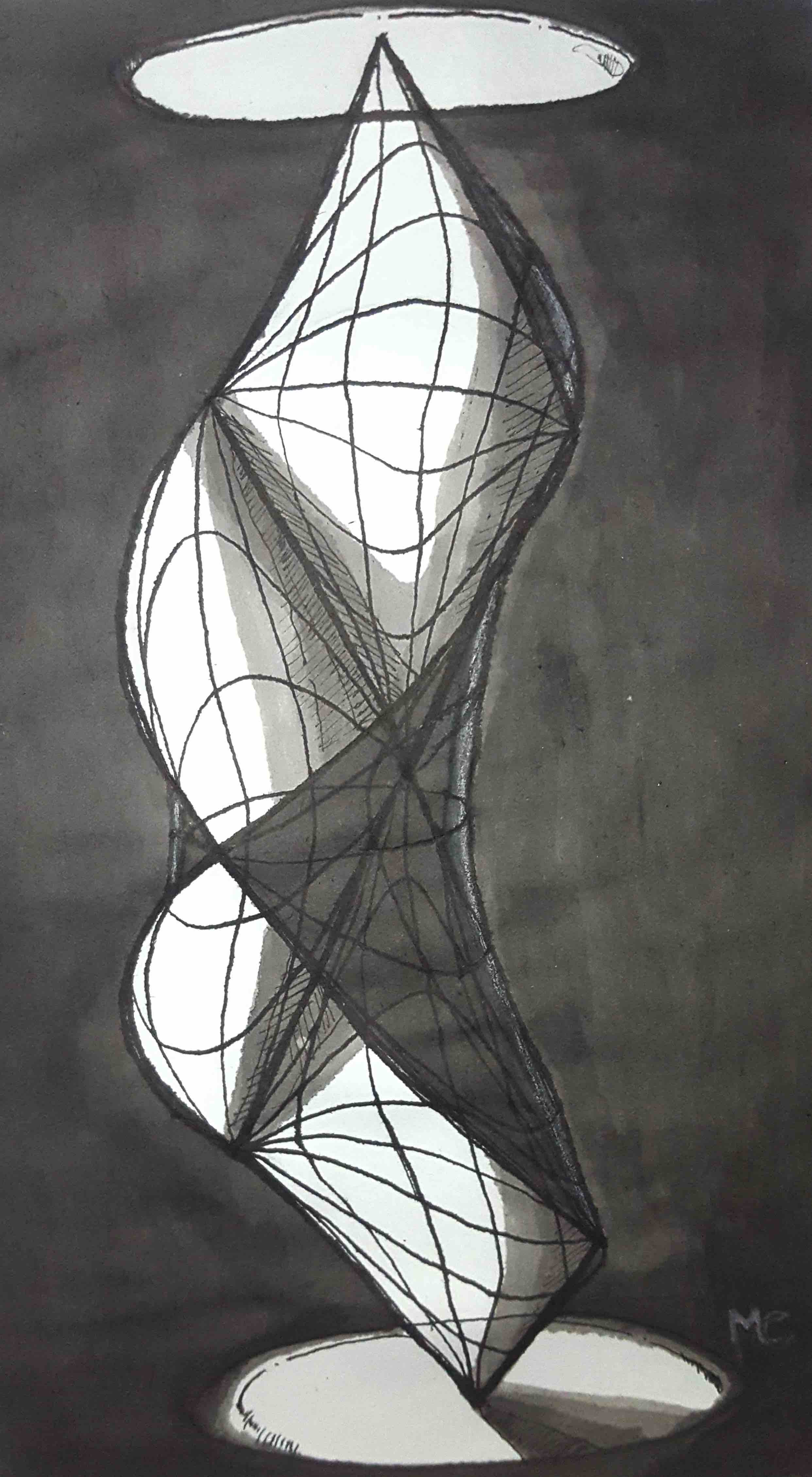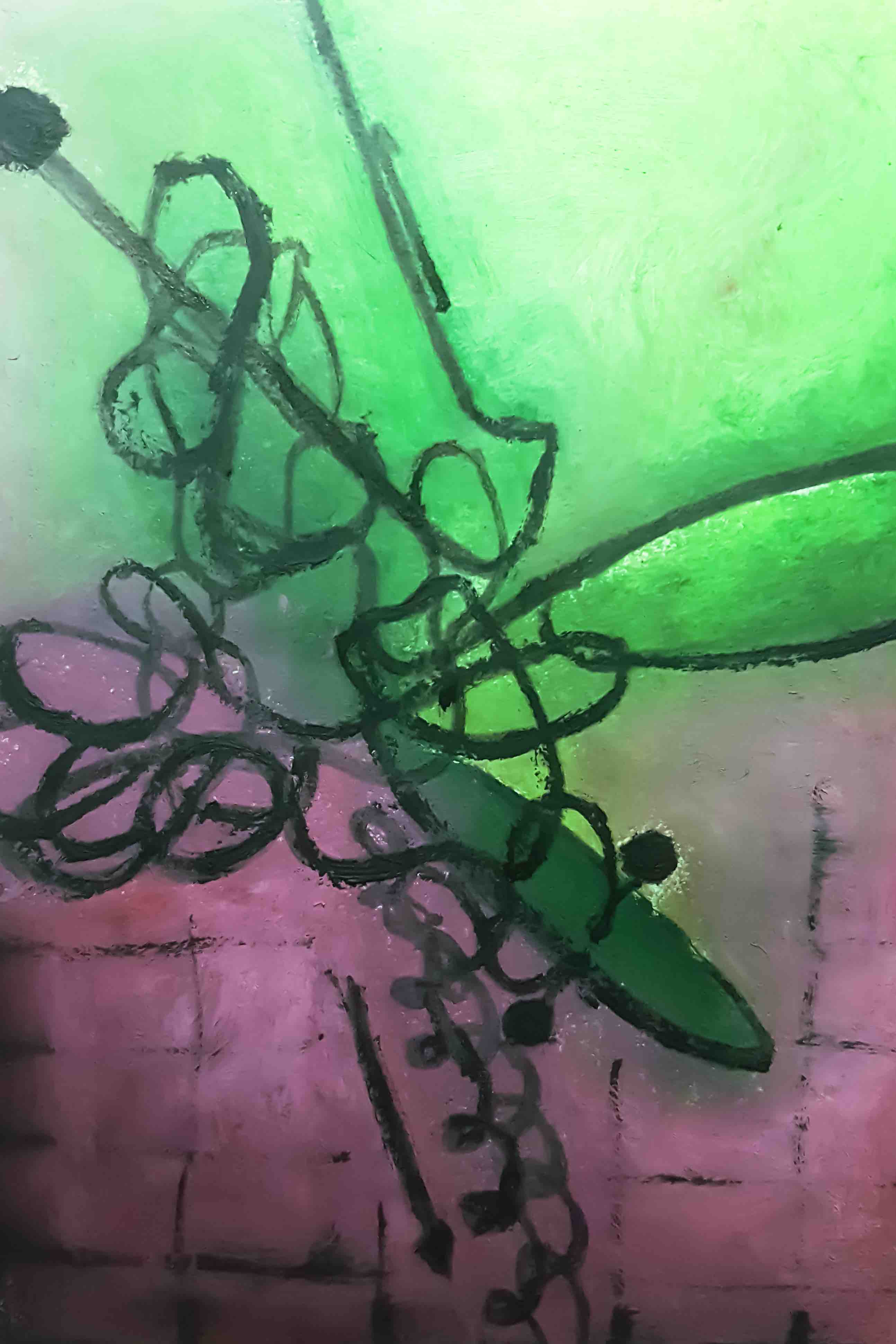Research
Theoretical physics, Astrophysics, Geometry—-all intertwined by Einstein’s general relativity, our modern theory of gravity.
Our group’s overarching goal is to explore and gain a deeper understanding of gravity in all its facets. Below, we describe below the questions and ideas that endure as objects of our excitement and fascination.

Cosmic necromancy: black holes, stars, and spacetime exotica
Dead things are rarely fascinating, but black holes and other compact objects—the corpses of dead stars—are where gravity becomes strongest in the Universe. In our cosmic necromancy, we conjure questions such as: How do objects move in extremely strong gravitational environments? How do we characterize the physical processes occurring around them? What new physical effects are made possible by the extreme gravity? What is the structure of black holes in alternative theories of gravity? How can black holes help us decide between general relativity and its competitors? Regarding the stellar progenitors of these black holes, we ask: What is their structure, particularly in alternative gravity theories? How do stars pulsate? How do they tidally disrupt when traveling in the vicinity of black holes? For fun, we also explore closely-related “exotic” spacetimes such as wormholes and warp drives and strive to understand their physical properties. Although these exotica exist mostly in science fiction, we perform calculations aimed at understanding what strange physical phenomena they might give rise to. In the process, we gain an appreciation for the physics of strongly curved spacetime.
Gravitational waves
The recent detection of gravitational waves by LIGO has opened a new observational window to the cosmos, granting us access to the graceful dances of invisible cosmic giants and the faintest whimpers from the birth of our Universe. Our group is interested in the theoretical modeling of sources of these gravitational waves, and in developing the analysis tools that enable us to extract physics from noisy data. In particular, we wish to understand how environmental factors affect the gravitational waves produced by, say, black holes orbiting each other. These environmental factors might be gases or dust organized into accretion disks, tidal fields generated by far away masses, or the expansion of the universe. One enduring system of interest is the so-called extreme-mass-ratio inspirals (EMRIs) for future space-based gravitational wave antennas such as LISA. A key aspect to their modeling is the incorporation of radiation-reaction or self-force effects arising from the interaction of point masses/charges with their own field. We compute and study properties of the self-force in the context of gravitational wave astronomy and also in other less explored physical settings.
Alternative theories of gravity
General relativity is our best gravity theory to date, and it continues to pass every empirical test exceedingly well. However, Einstein’s theory becomes more vulnerable on opposing extreme distance scales: the very small, where the obstinate quantum is king, and the very large, where general relativity mingles with mysterious entities like dark matter and dark energy. Consequently, a multitude of alternative theories now compete to provide a more comprehensive description of gravitational phenomena across all scales. Our group delves into the rich phenomenology offered by these non-Einsteinian theories. We inquire, for instance, about the physical predictions that become possible when gravity carries more than just its metric degrees of freedom, perhaps involving an extra scalar or vector field. We seek to determine which, if any, of these contenders can withstand the battery of empirical evidence brought forth by new astrophysical observations. In the process, these investigations occasionally shed light on our understanding of general relativity itself, allowing us to discern it from its purported challengers.

Theoretical cosmology
Relativistic gravity theories are quite remarkable in their scope. They not only explain how we are able to keep our feet on the ground, they also provide a powerful framework for understanding the origins of the Universe. Our group studies cosmological models supported by alternative theories of gravity. We have found it fruitful to adopt dynamical systems methods in these endeavors. We try to answer questions like: What is the long-term evolution of the Universe? Can the accelerated expansion of the Universe be accommodated within a gravity theory without need for dark energy? For an alternative theory of gravity, does this requirement leave sufficient room for it to match the successes of GR on Solar System scales?
Celestial dynamics
Over Solar System scales, GR presents itself as a tiny correction to Newtonian gravity. For this reason, Newtonian celestial mechanics remains a fascinating topic with many applications in modern space science, from optimal spacecraft trajectory determination to the dynamical origins of exoplanetary systems. A wealth of mathematical techniques can be mined from celestial mechanics that prove useful in relativistic settings. Our group studies hierarchical “small-N”-body problems in search of new physical effects such as the Kozai-Lidov effect. We have also investigated dynamical friction in unexplored contexts. Extending celestial mechanics to the relativistic regime opens up even more exciting prospects. For instance, a relativistic object’s spin couples to spacetime curvature and gives rise to richer dynamical behavior. Our group studies these interesting systems with numerical simulations and dynamical systems methods.
Applied differential geometry and nonlinear dynamics
Differential geometry is the language of modern gravity. In learning this intricate calculus, we develop a strong affinity for physics problems where our geometric tools are useful. We therefore occasionally explore research topics that aren’t necessarily gravitational, but nevertheless share common geometric descriptions. Examples are geometric thermodynamics, gauge/geometric mechanics, information geometry in data analysis, manifold learning and nonlinear dimensionality reduction. As gravitational interactions are naturally nonlinear, we also borrow heavily from the fields of chaos and nonlinear dynamics, and employ their methods to gravitationally interacting systems. We have applied these techniques to gain useful insights on the structure of the phase spaces of spinning bodies and charged particles in curved spacetime.